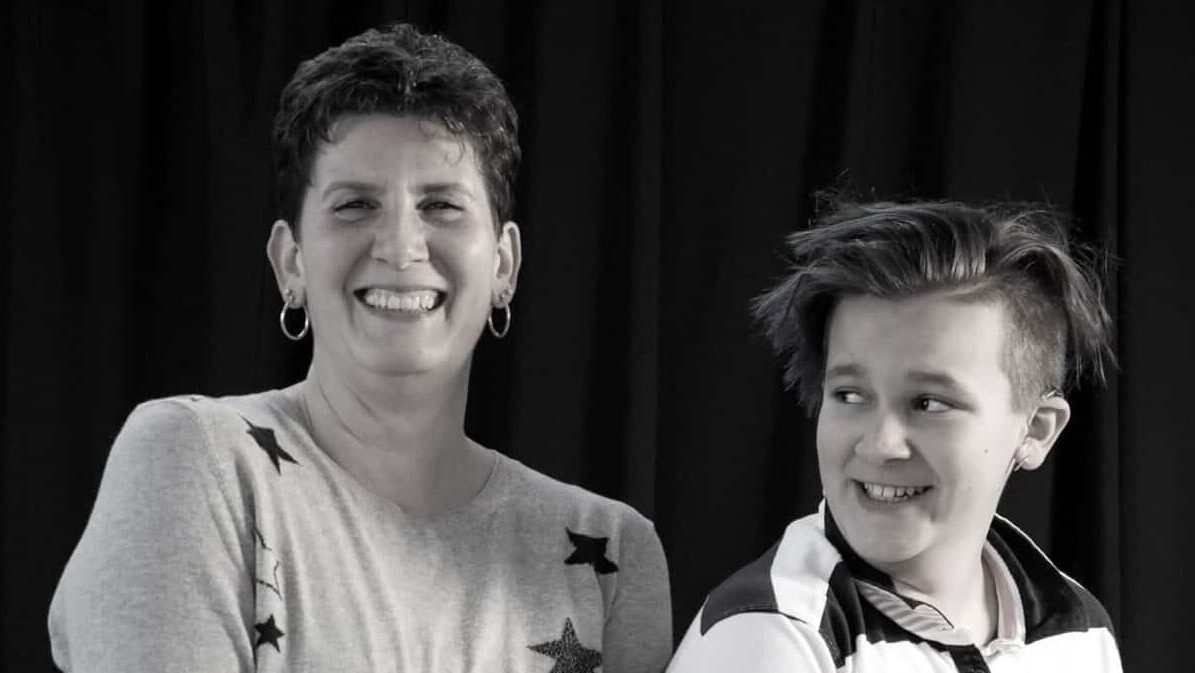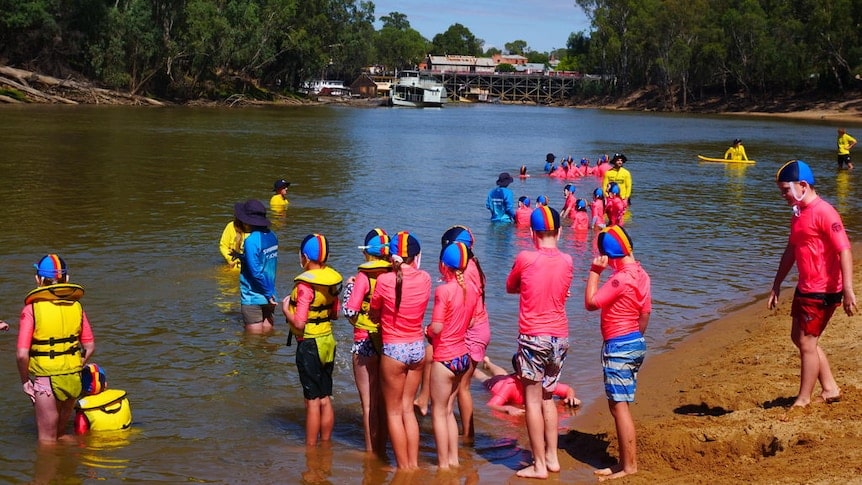
Peter Wright, a former rescue diver and life member of the Corowa Rescue Squad, is no stranger to tragedy.
For more than four decades, he has been involved in about 50 rescues to find the bodies of people who have fatally drowned.
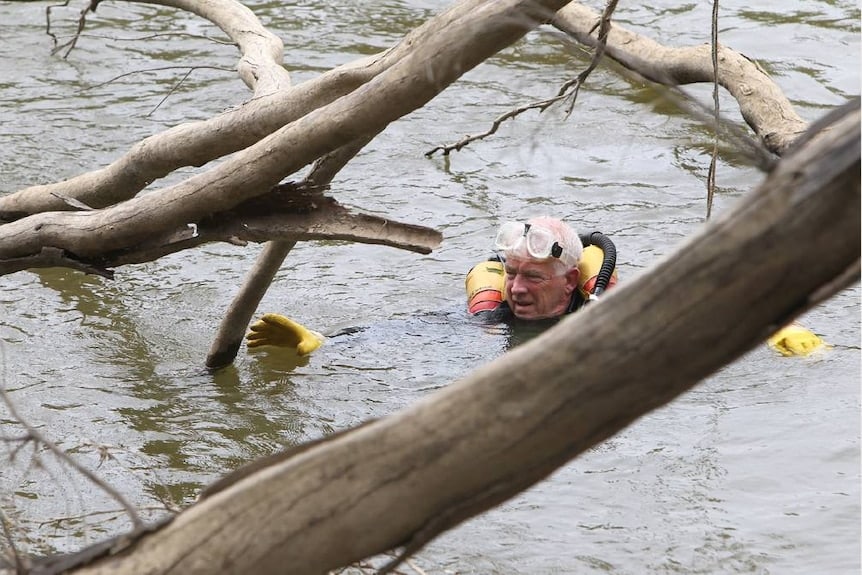
A culture of lifeguarding
The latest data for 2023–2024 from Life Saving Victoria shows that out of 54 fatal drownings, one-third took place at inland waterways.
Data from the Victorian Coroner’s Prevention Unit found that between 2014 and 2024, 40 children aged under 5 died from drowning in Victoria.
Of these, 12 children or 30 per cent, drowned in inland waterways.
But while Australia has a strong culture of lifeguarding and water safety at beaches and pools, some say there is a lack of awareness of the dangers at inland swim spots.
Andy Dennis, general manager for aquatic capability at Life Saving, Victoria says the beach model of life saving and lifeguarding has evolved over 100 years.
But, unfortunately, that culture does not currently exist along river, lakes and other inland waterways, he says.

“I think there’s an understanding of the red and yellow flags with respect to the beach,” Mr Dennis said.
“And I think there is work for us to do, to come up with an equivalent model, to actually actively open up some of our waterways and to encourage people to go to locations that have in place the safety measures that we have in the beach.
Applying the lessons of the coast
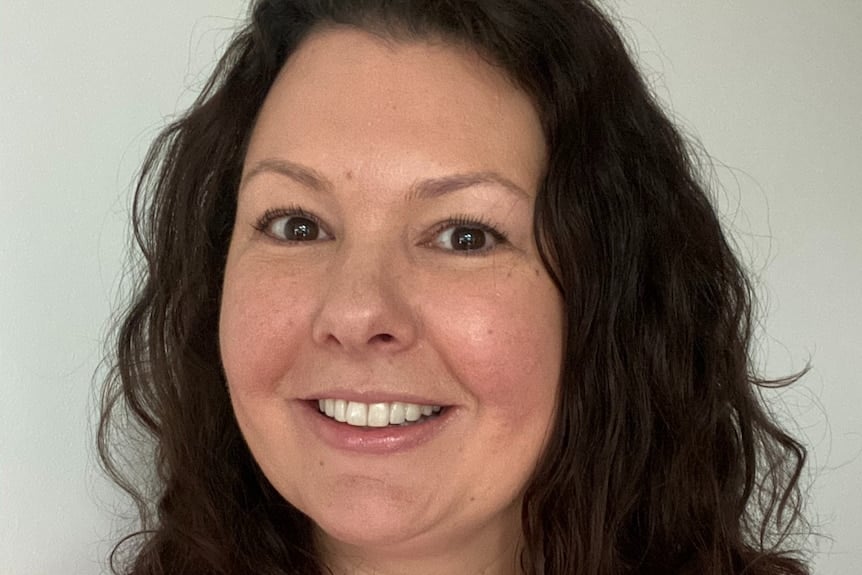
Amy Peden, a senior research fellow at the School of Population Health at UNSW, says there is an underestimation of the risks at lakes and rivers because the hazards are quite hidden and not as easy to see as breaking waves at the ocean.
Dr Peden says we are also less likely to hear about inland drownings in regional areas or country towns than we do about drownings in city areas or along the coast.
Emma Barnes, who runs the Bush Nippers program in Echuca, says education about water safety is important for her communities like hers which are based close to the Murray River.
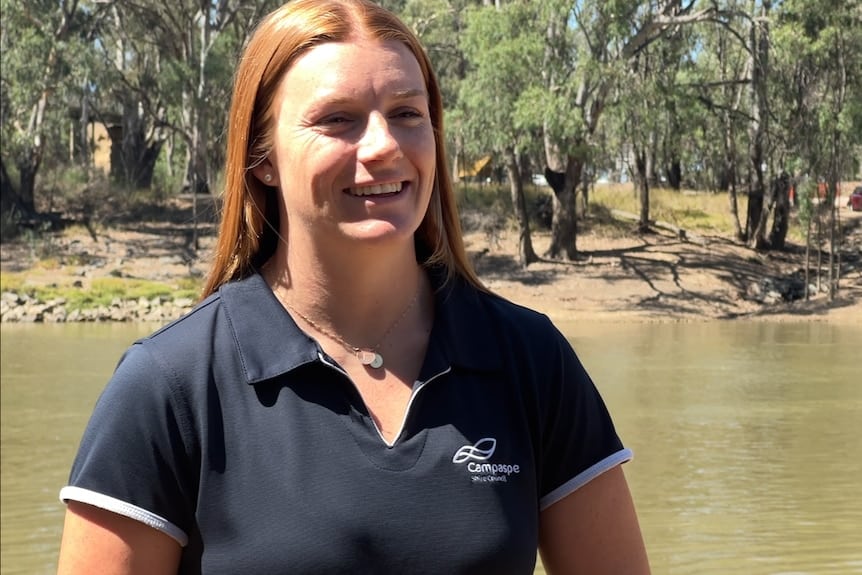
“We’re teaching the children how to be prepared when they’re coming down to the river. What things to bring, who to bring with them, making sure we’re wearing a life jacket when we’re in the water.”
They’re also taught how to get out of a current if they’re struggling or being swept away and how to acknowledge someone who needs help.
Lifeguards at the lake?
Life Saving Victoria has recommended establishing lifesaving patrols at inland swimming locations.
It even funded a program on its own but did not have sufficient resources to continue it and has applied for state government funding to supervise activities at Victoria’s ten most dangerous inland locations.
“We are looking to work with the state government too, to see if there’s a way for us to essentially to be better resourced to support the people that are going to those locations, because there is an inherent risk every time we recreate around the water,” Mr Dennis said.
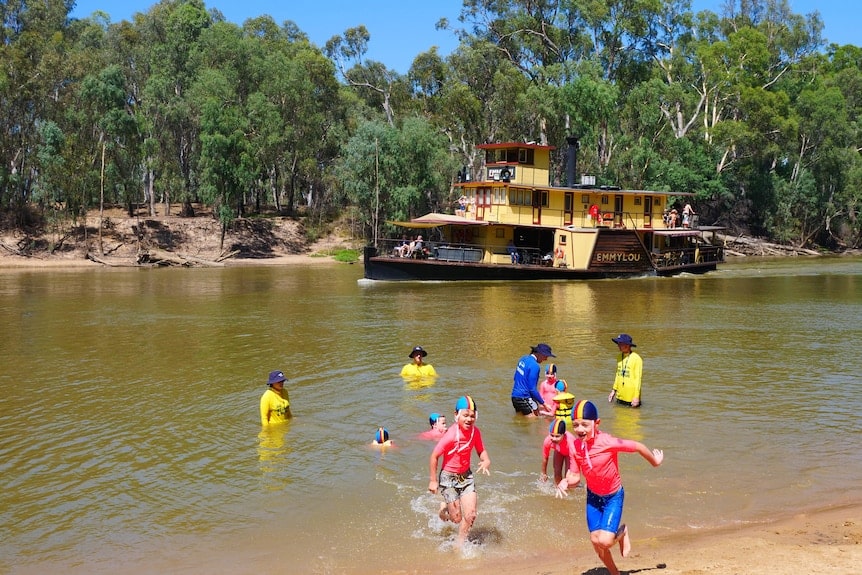
He says this would be done through professional or volunteer lifeguards, rescue equipment, first aid and designated swim zones.
But Peter Wright says it can be impractical and expensive to patrol areas like rivers and communities need to take more responsibility to be educated and aware of water hazards.
His key message concerns supervision, especially for children who can disappear “in the blink of an eye”.
“The message is if you’re down enjoying our inland waterways or swimming pools or any body of water, it’s about supervising, and real supervising,” Mr Wright said.
Featured in – ABC News






